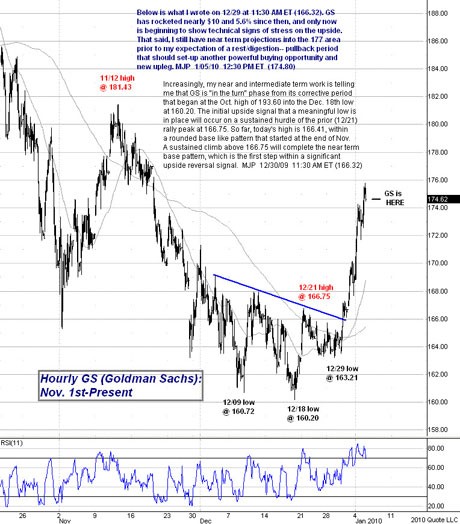ETF Technical Trading FAQ
Post on: 12 Август, 2015 No Comment

The growth of the ETF industry has spawned numerous tools that bring forth previously difficult-to-reach corners of the market at the fingertips of mainstream investors. The evolution of the exchange-traded product structure has not only become the preferred vehicle for investors looking to achieve cost-efficient diversification, this instrument has also struck a chord with active traders. ETFs are useful as building blocks in long-term portfolios, however they can also serve as incredibly powerful tactical tools for those looking to implement shorter-term trading strategies.
The trading community has embraced ETFs given their unparalleled transparency, cost-efficiency, ease-of-use, and intraday liquidity. Likewise, technical analysis studies used in the equity market have also carried over to ETFs; traders and investors alike can serve to benefit from using technical analysis in their ETF investment experience [see also Free Report: How To Pick The Right ETF Every Time ].
The guide below offers an insightful and educational look at the concepts behind technical analysis; covering the most popular terms and tools while also providing relevant ETF trading examples.
What Is Technical Analysis?
Technical analysis is the study of historical market data, including price and volume, used for forecasting the direction of a security. This discipline revolves around the analysis of charts to identify meaningful price action, confirm trends, spot trading patterns, predict potential reversal points, as well as assist traders and investors alike in setting price targets for entry and exit points.
The defining assumption of technical analysis is that price discounts everything. This means that the current market price for a security reflects all of the underlying fundamental factors which may have an influence on it. For example, the stock price of a company is indicative of what investors are willing to pay today, while also factoring in future growth expectations and the general sentiment of the market. Technical analysis is not concerned with finding the intrinsic value of a security, rather it is the study of historical patterns to predict future price movements. Technical analysis can be applied across any time frame for virtually any security, including: stocks, bonds, commodities, futures, and ETFs.
The other assumption of technical analysis is that price action will tend to repeat itself over time because investors collectively engage in patterned behavior. In other words, technical analysis assumes that history will repeat itself in the sense that observable price patterns are cyclical in nature [see BRIC-Or-Bust ETFdb Portfolio. or sign up for a free Pro trial ].
How Is Fundamental Analysis Different From Technical Analysis?
Most are familiar with fundamental analysis which is the study of a companys financial health through the analysis of underlying factors, commonly called fundamentals; these can include earnings, cash flow, quality of management, competitors, and operating advantages. Fundamental analysis strives to determine the intrinsic value of a security whereas technical analysis is only considered with price action. For example, when there is a sharp sell-off in a given stock, the fundamental analyst would likely look for reasons as to why the companys share price dropped. The technical analyst on the other hand is only considered with asking how this price movement fits into the ongoing trading pattern which he is tracking.
Fundamental analysis is more common among investors with a long-term horizon, whereas technical analysis is more prominent among traders. An investor will generally do his homework on a company from top-to-bottom before buying stock, while a technical trader is more inclined to buy and sell out of positions with no concern for what the underlying business actually does. Despite the core differences between fundamental and technical analysis, many investors will rely on various technical indicators, such as moving averages, momentum, and support and resistance levels in helping them set price targets for entry and exit points [sign up for the free ETFdb newsletter ].
What Is A Chart Pattern?
The first step to technical analysis is looking at the price chart for the given security. Chart patterns are observable price movements which are cyclical in nature over various time horizons. By studying the historical behavior of a security, experienced technical analysts may be able to predict where the price is likely headed based on the extrapolation of observable chart patterns.
What Is A Trend?
A trend is the prevailing price momentum for a given security. Simply put, this is the general direction of where a security is headed. By identifying the current trend of a security, investors and traders alike may have a better idea of where the price will be headed in the near future; the most common are uptrends and downtrends. Securities can also be stuck in trading ranges or oscillate within trading channels.
What Is An Uptrend?
An uptrend is when the price of a security posts a series of higher-highs and higher-lows. See chart below.
What Is A Trading Range?
A trading range is an area on the chart bound by parallel support and resistance lines in close proximity. The price of a security is said to be stuck in a range if it oscillates between well defined support and resistance levels. See chart below.














